
How much does it cost to move out of state? The answer depends on the size of your home, the distance of your move, and other factors.
Expand your horizons by exploring the best ways to move cross-country


Not sure how to move your stuff across the country? A local moving pro can recommend the best option based on your budget, timeline, and how much you're hauling.
DIY moves are cheapest but time-consuming. Renting a truck or container offers more flexibility, while full-service movers take the heavy lifting off your plate.
For long-distance moves, hiring pros can save serious time and stress—especially if you're juggling travel logistics, tight deadlines, or a full house of belongings.
In the early stages of planning a move, it’s important to consider the best way to move cross-country to decide which method is right for you. After all, it’s not easy to uproot your entire life and settle down somewhere far away. Fortunately, you have many moving options to choose from. Here are the seven best ways to move cross-country.
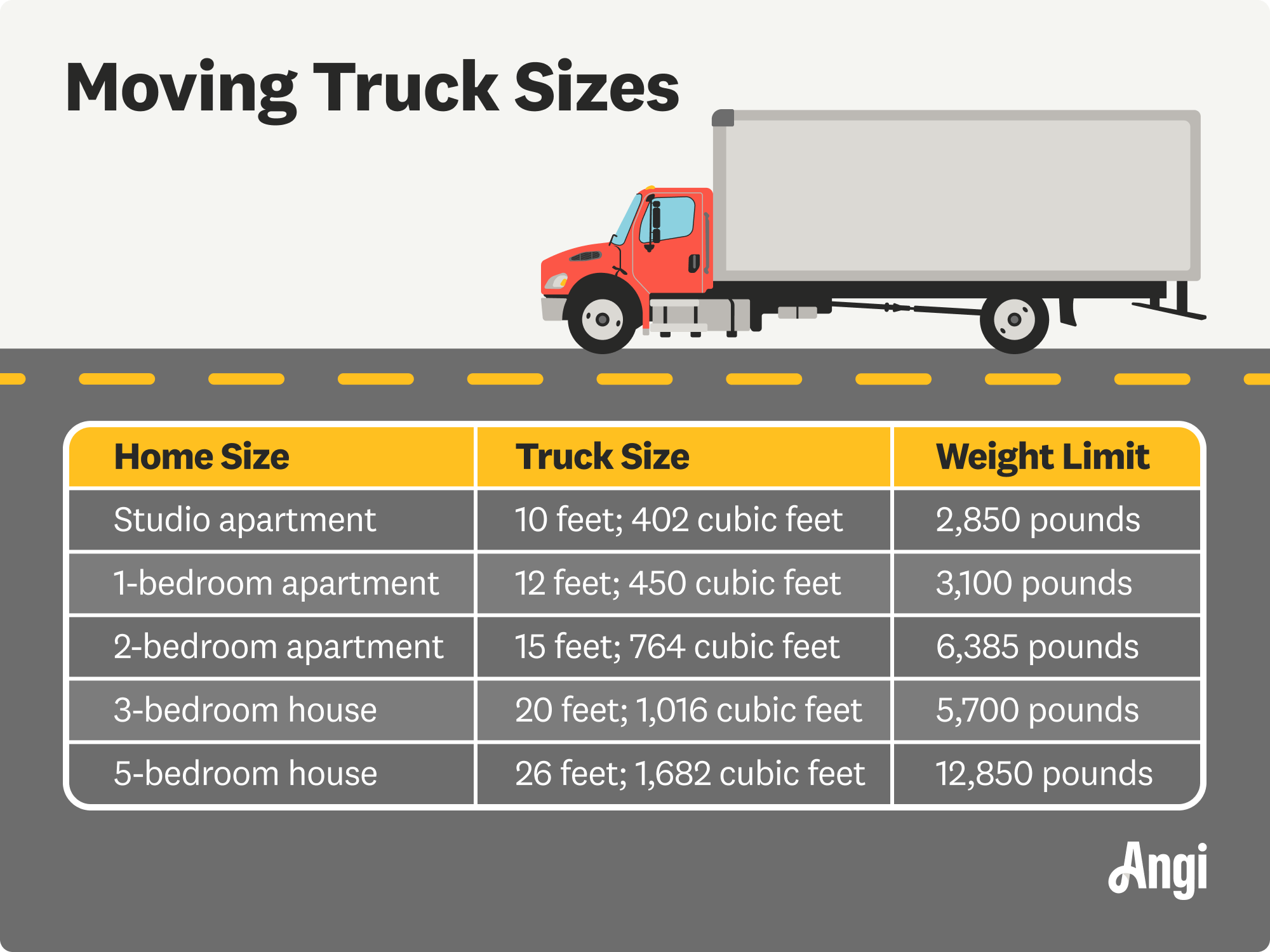

The least expensive and most scenic way to move across the country is to pack up your vehicle and hit the open road. If you can part with some unnecessary belongings and have a spacious automobile, a DIY move can be a great opportunity to see new sights while saving money. You can buy new items once you get to your final destination or ship large furniture items there.
The cost of a DIY move ranges from $120 to $2,300, depending on distance, amount of belongings, whether you hire movers, and moving supplies. An entirely DIY move is tricky to pull off for a cross-country move, especially if you have many moving boxes and belongings.
| Pros | Cons |
|---|---|
| Inexpensive | Time-consuming |
| Full control over packing and moving | Additional travel costs |
| According to your own schedule | Limited space |
Best for: Homeowners on a budget who don’t mind driving long distances and traveling light
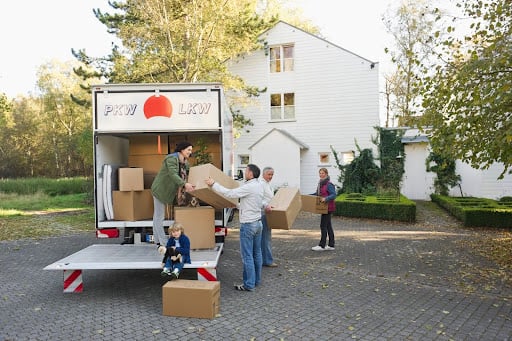
Renting a moving truck is an ideal option for people who want to save money and are willing to do the heavy lifting (and driving). The cost of renting a moving truck ranges from $20 to $100 per day, depending on truck size, fuel, insurance, and distance traveling. You can expect to pay about $2,000 to move a two-bedroom home 1,000 miles or more.
Be mindful of hidden fees, as some rental companies tack those on your final bill. And since moving trucks aren’t great for mileage, make sure to schedule lots of time for refueling in your travel itinerary.
| Pros | Cons |
|---|---|
| Affordable | Additional costs like gas and insurance |
| Full control over packing and moving | Physically demanding |
| Various truck sizes for larger homes | Completely DIY |
Best for: Ambitious DIY movers who’d like to save money
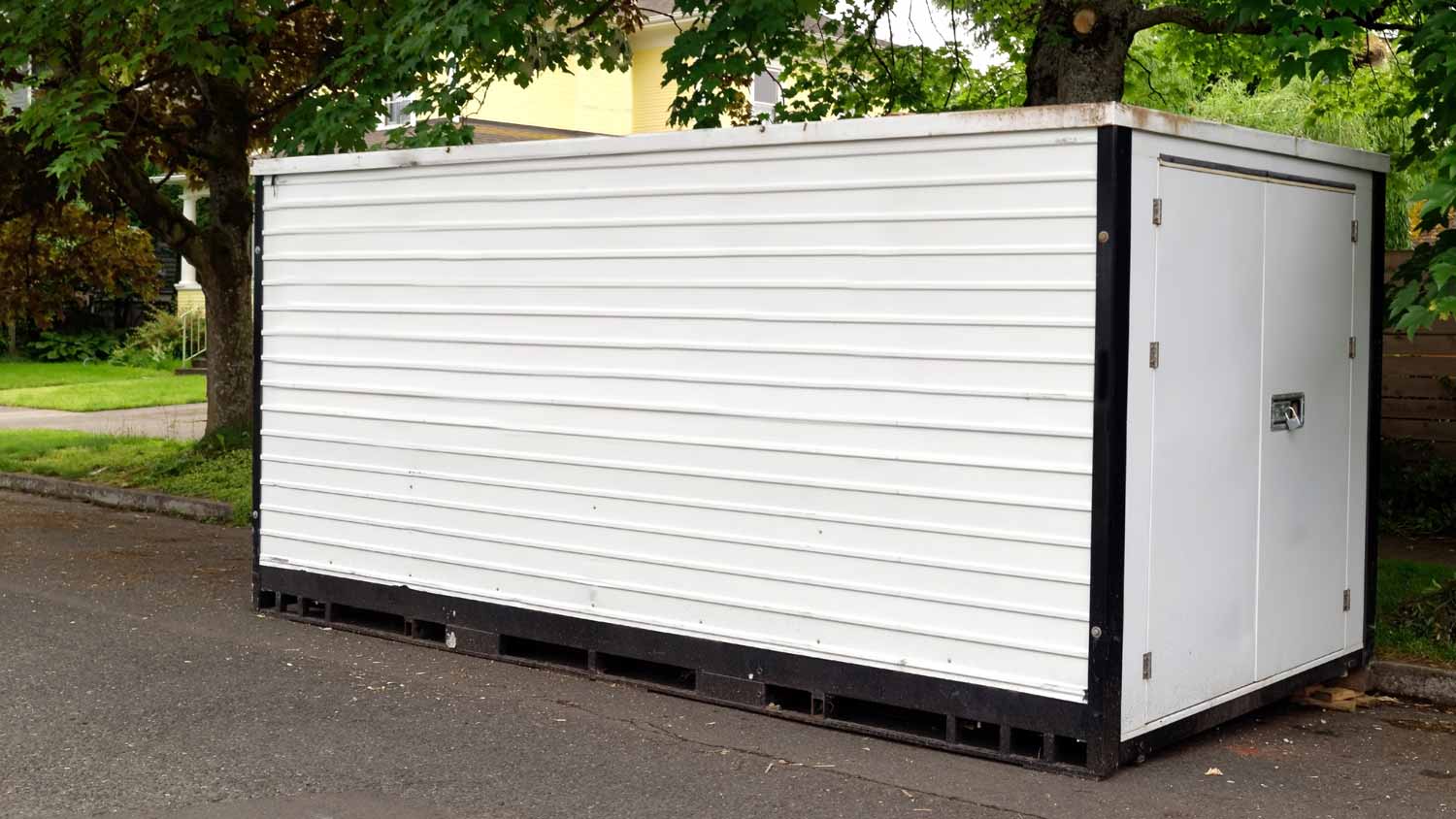
A moving container is a steel-framed, weather-resistant crate that comes in several sizes for all your moving needs. If you rent this type of container for your move, the moving container company will deliver it right to your doorstep. Then, you can take as much time loading your belongings into the container as you want before your move date arrives.
Once you’re done, the company will pick the container back up and drive it to its destination—a storage facility or your new home. The cost to ship a moving container ranges from $2,000 to $5,000, depending on the weight of items, distance traveling, and more.
| Pros | Cons |
|---|---|
| Flexible timeline | More expensive |
| Double as storage space | Partially DIY |
| Pros will transport your belongings | Parking space required for container |
Best for: Individuals who want to pack and load their own belongings but not drive them

If the mere thought of a cross-country move stresses you out, don’t worry, you can hire a local moving company to take care of everything for you. While a full-service move is usually the most expensive option, it’s worth the investment. Full-service movers will pack, load, transport, unload, and unpack your belongings for you. This option saves you time and hassle involved with a long-distance move. Instead, you’ll only have to arrange your own travel plans.
Moving cross-country with the help of professional movers costs an average of $4,600, but prices can increase to $10,300 for large, full-service moves. Keep in mind that additional services like packing and unpacking and furniture assembly will boost the total bill.
| Pros | Cons |
|---|---|
| Professionals manage moving schedule | Costly |
| Reduces risk of injury to you and damage to your belongingsReduces risk of injury to you and damage to your belongings | Little to no involvement in the moving process |
| Less stress | Not as flexible timeline |
Best for: People who are willing to spend more for a stress-free move

A hybrid move allows you to choose how involved you want to be in the moving process. For example, you could pack and load your belongings yourself then hire professionals to transport them for you. Or you might hire packers for moving, and then drive and unpack on your own.
This moving method allows you to put your energy into manageable moving tasks and save a bit of cash while paying the pros for the harder, more labor-intensive tasks.
| Pros | Cons |
|---|---|
| Save money by DIY-ing some tasks | Spending on moving truck and movers |
| Outsource help where you need it | Requires DIY effort |
| Less stressful than a total DIY move | May be tough distinguishing DIY and professional tasks |
Best for: Individuals who want to complete some tasks on their own and outsource help for others
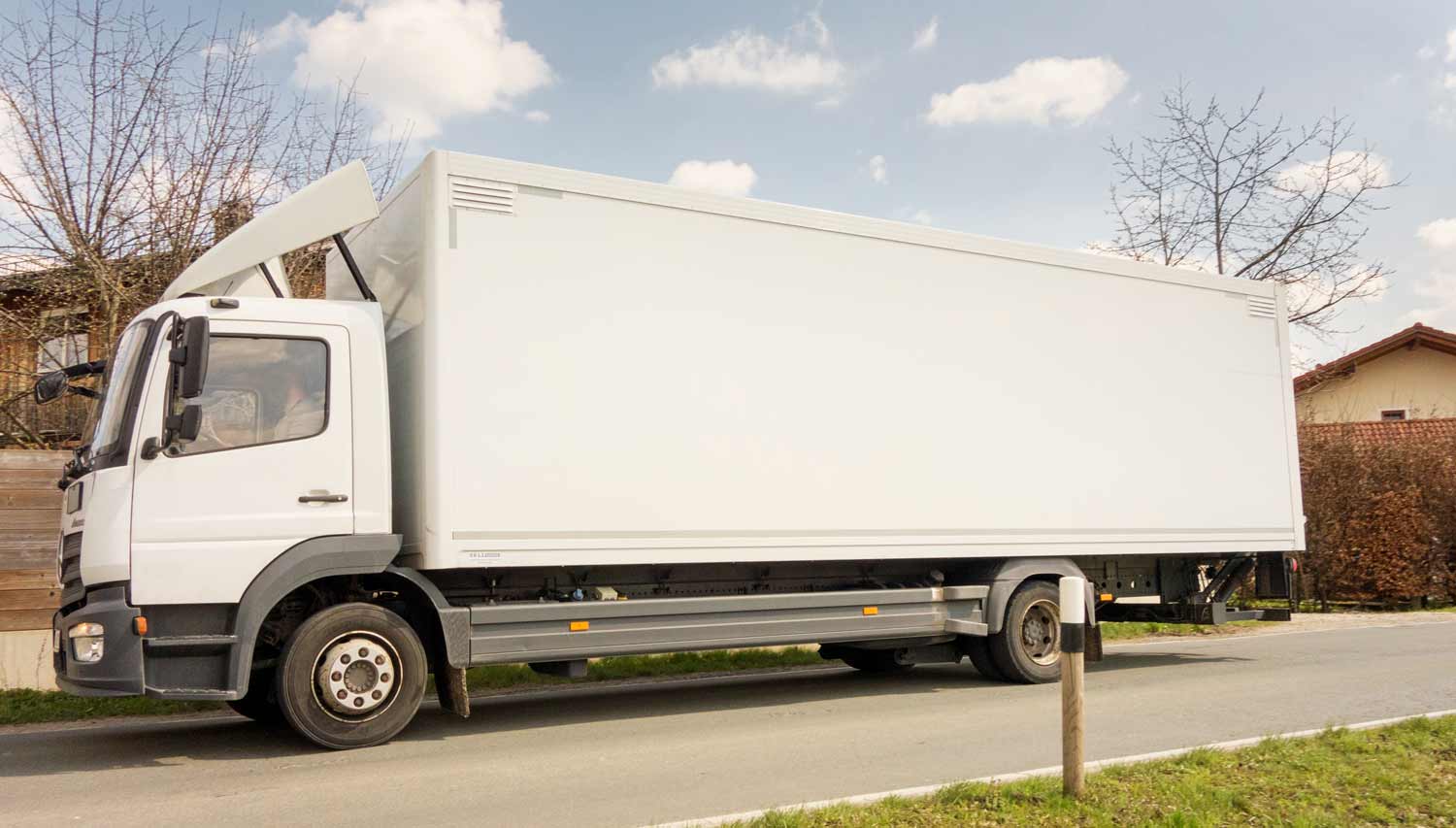
Not wanting to rent a rental truck or moving container? You could also rent a freight trailer for large cross-country moves. The rental process works similarly to renting a moving container. The freight company will deliver the trailer to your home and give you a few days to load your belongings. Then, they’ll drive it to your destination for you.
Freight trailers charge by the amount of square footage your belongings take up. When booking space in a freight trailer, you’ll need to estimate how much square footage you’ll need. You can expect to pay around $2,000 or more to rent space in a freight trailer for a long-distance move.
| Pros | Cons |
|---|---|
| Affordable | Partially DIY |
| Delivered and transported for you | Sharing trailer with other people’s belongings |
| Only pay for space you need | Parking space required |
Best for: People who are happy to pack their belongings but want to forgo driving them to the destination
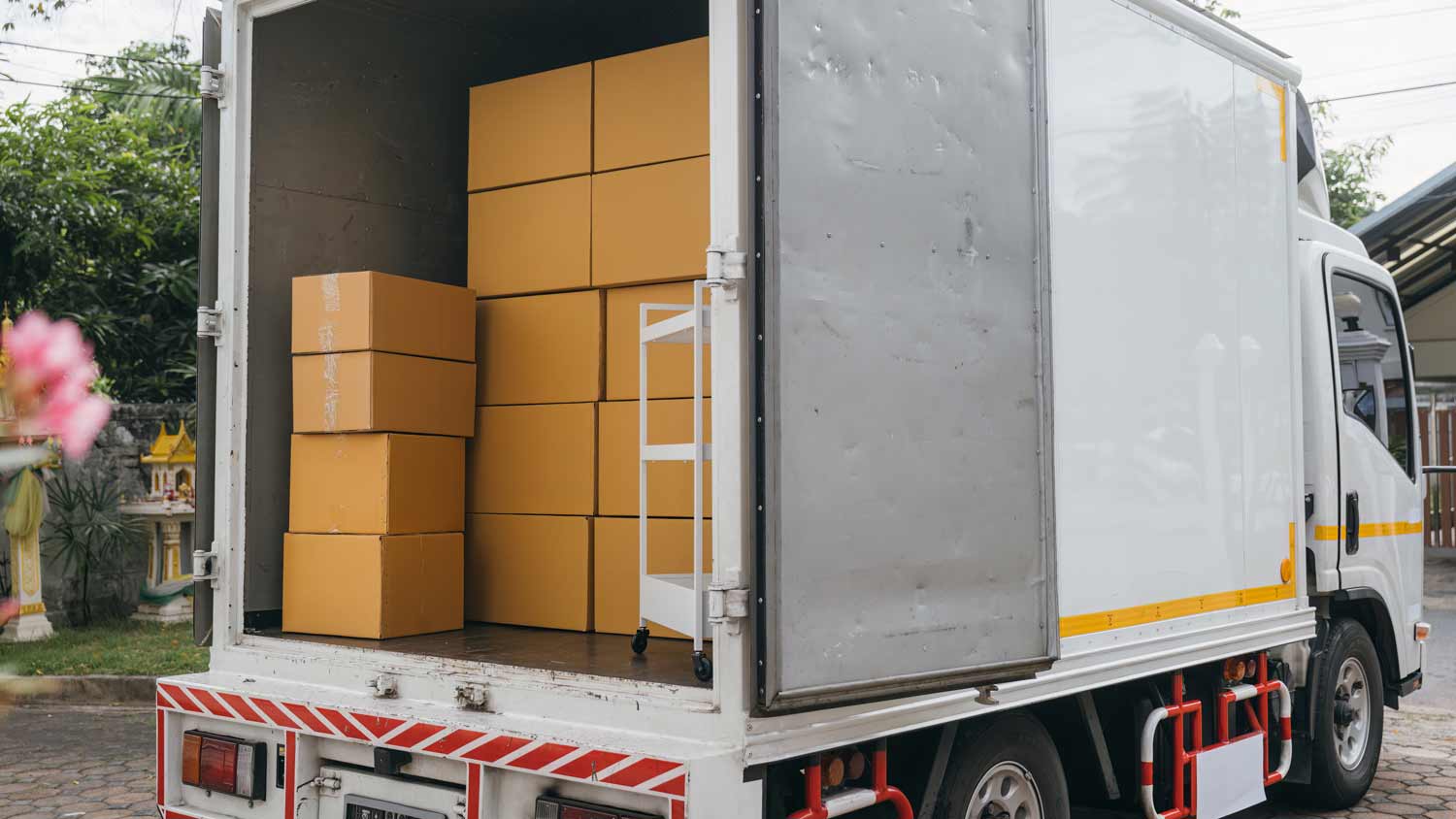
If you don’t mind sharing space with fellow movers, shared load moving is another option to consider. As the name implies, your moving company will transport your belongings and those of other customers at the same time. You’ll only pay for the space you use, as these companies charge by the square. However, it may be beneficial to invest in moving insurance since more stops could lead to unforeseen issues.
| Pros | Cons |
|---|---|
| Reduces cost by sharing space | May pay more in insurance |
| Helps to maximize resources | More stops along the way |
| Companies find other customers for you | Less space for your belongings |
Best for: Individuals with fewer belongings who want to save money
From average costs to expert advice, get all the answers you need to get your job done.

How much does it cost to move out of state? The answer depends on the size of your home, the distance of your move, and other factors.

Planning and budgeting for an office move? Find out the average office moving costs, from moving office equipment to IT expenses.

The cost to move a one-bedroom apartment depends on distance, weight, access, and more. Check out how much movers cost for a one-bedroom apartment.

Hanging pictures on the wall is harder than it seems. This guide explains everything you need to know in eight quick tips for hanging pictures.

You’ve just moved into a new home and aren’t sure which projects to tackle first or what can wait. Read on for advice on the to-dos you should take on initially.

Are you considering purchasing a condo? Whether it’s going to be your new home or you’re renting it out, buying a condo is an exciting time. Use this checklist to navigate everything from lenders and insurance to HOA fees and community rules.